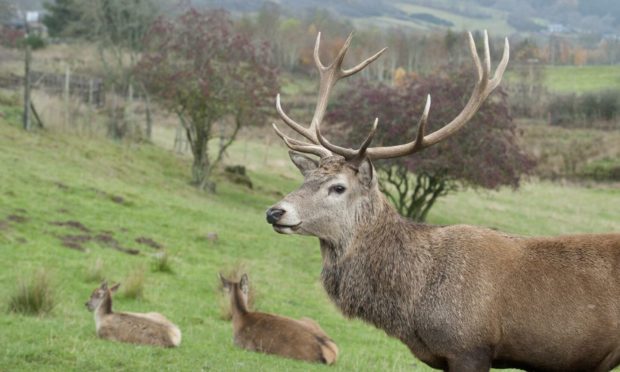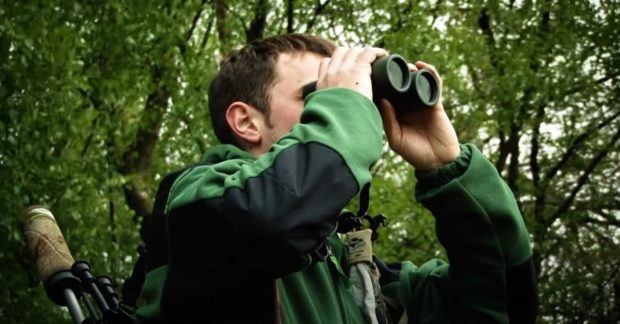A cull of female deer will be carried out next month as Forestry and Land Scotland (FLS) manages the increasing “negative impact” from deer in national forests.
As deer numbers have doubled to almost a million in the past 30 years, a plan for proactive deer management has been called for by the Independent Deer Working Group.
Land managers widely practise September culling, which is licensed by NatureScot, carrying it out following discussion with stakeholders who accept it is “sometimes necessary” to protect the woodland from damage.
Across Scotland’s national land and forests, there are up to 150 million young trees vulnerable to damage from deer which can cost millions of pounds annually.
Culling is the most ‘realistic’ option
Ian Fergusson, head of wildlife management at FLS, explained why the high deer population in Scotland can be harmful to the environment.
He said: “The total number of all four deer species across Scotland is now estimated to be around one million and our surveys show deer population levels ranging from four deer per km2 to as high as 64 deer per km2 in some areas.
“A widely accepted sustainable population balance for woodlands and biodiversity protection is between two to seven deer per km2.
“The current high levels of deer numbers pose a particular threat to establishing young trees and areas of forest regeneration which are a vital part of Scotland’s response to the climate emergency.
“It can also be ruinous to biodiversity projects and also poses a threat to the overall health of the herd, which in winter could struggle to find enough food and may result in many animals suffering a slow death from starvation.
“As responsible land managers of a significant area of Scotland’s forests and land, we have to act and achieving the necessary balance within the deer population is something that can only realistically be attained through culling.”
Deer numbers have to be kept in balance with the habitats that they occupy to help reduce negative impacts. Surveys and deer counts are carried out by wildlife rangers and independent contractors throughout the year with the results used to set cull targets.
Safeguarding deer welfare
Donald Fraser, head of wildlife management at NatureScot, said: “Deer are an iconic part of Scotland’s nature and contribute greatly to its biodiversity.
“However, while there has been a lot accomplished to lower deer numbers in Scotland, in some areas high numbers mean they negatively affect woodlands and other habitats.
“NatureScot regulates and oversees deer management in Scotland. This includes the licensing of out-of-season control to prevent damage to woodland, agriculture and protect public safety.
“Around 130 authorisations are issued across Scotland (nine to FLS) for the prevention of damage which covers the period from September 1. Sustainable management of Scotland’s deer is vital if we are to enhance biodiversity and achieve a net-zero future.”
Anyone controlling deer in Scotland must follow the terms and conditions of the authorsiations and the Wild Deer Best Practice Guidance which outlines the safeguarding of deer welfare.
Duncan Orr-Ewing, from the Scottish Environment LINK Deer Group, added: “As environmental land managers we fully recognise the need for ongoing control of deer populations, and to address the climate and biodiversity crises.
“Without reductions in deer population, we will not meet native woodland expansion, peatland protection, and therefore carbon sequestration targets.
“Forestry and Land Scotland (FLS) delivers first-class deer management across their national forests and land to high environmental and animal welfare standards.
“We fully support FLS and have every confidence that the work will be carried out to these standards.”
Previous opposition to culling
While deer culling is viewed as the most realistic approach to managing the animal population by FLS, in the past nature enthusiasts have condemned the action.
A deer control project in Sutherland in 2018, which included plans for more than 32,000 deer to be culled, was criticised by welfare charity OneKind.
Instead, policy advisers from the charity recommended the use of contraceptive darts rather than bullets to control the growing deer population.











